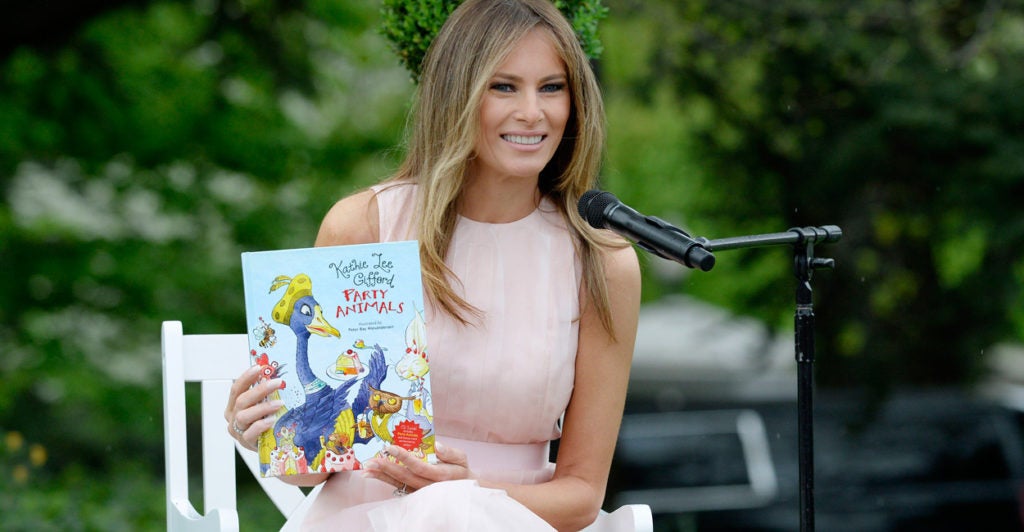What’s the first word you think of when you think of librarians? Is it some variation on strict, forbidding, or persnickety?
One librarian is certainly living up to the stereotype. Liz Phipps Soeiro, librarian at Cambridgeport School in Massachusetts, thoroughly scolded first lady Melania Trump for giving the school 10 books by Dr. Seuss in honor of National Read a Book Day.
According to Phipps Soeiro, not only does her school have no need for the books due to the affluence of the area, but also “Seuss’ illustrations are steeped in racist propaganda, caricatures, and harmful stereotypes.” She countered with her own list of book suggestions for the first lady, books that she hopes “will offer a window into the lives of the many children affected by the policies of your husband’s administration.”
Phipps Soeiro’s views on Seuss seem to be radically different than President Barack Obama’s views on the famous author. In his 2016 presidential proclamation on Read Across America Day, Obama said that Seuss “used his incredible talent to instill in his most impressionable readers universal values we all hold dear.”
In a statement to Fox News, Stephanie Grisham, director of communications for the first lady’s office, said that “to turn the gesture of sending young students some books into something divisive is unfortunate, but the first lady remains committed to her efforts on behalf of children everywhere.”
Unfortunate, indeed. Especially since Twitter users have since unearthed evidence that Phipps Soeiro cheerfully dressed as the Cat in the Hat just two years ago for a library event celebrating Seuss’ birthday.
This partisanship is particularly concerning in the context of a taxpayer-funded, government school system. Parents entrust their children to the local district school for the purpose of education, not indoctrination into a set of political beliefs.
Indoctrination may be alive and well in the public school system, but quality education is not. Students’ scores in math and reading on the National Assessment of Educational Progress have stagnated since the 1970s. Graduation rates for some students have increased, but without a corresponding increase in student achievement. Students who matriculate to universities arrive woefully unprepared for the rigor of college-level work.
Meanwhile, education costs continue to climb. The district of Cambridge, home to Phipps Soeiro and her school, spent $27,568 per student in 2015. This amount is on the high end in comparison to other states and districts, but the national average per-pupil spending in 2014 stood at $12,509.
In EdChoice’s 2016 Schooling in America Survey, 63 percent of Americans said they would choose something other than public school (private school, public charter school, or homeschooling) as the preferred school type for their child. However, only about 18 percent of children are actually being educated outside the public school system.
Families that can afford to leave the public system often do so. But the vast majority of children remain enrolled in public schools.
But what happens when you give parents choices about where their kids can go to school? Well, oh, the places they’ll go!
In states with school choice programs, where families are given the chance to choose the right environment for their kids, parents are empowered to take advantage of a wide range of educational environments and curricula.
After all, as Seuss so wisely observes: “You have brains in your head. / You have feet in your shoes. / You can steer yourself / Any direction you choose … And will you succeed? / Yes! You will, indeed! / (98 and ¾ percent guaranteed).”
Too many kids are suffering because they don’t have access to quality education options. Let’s give more power to parents and families to steer themselves to the education environments they need, and less power to politicized public school employees and administrators.
